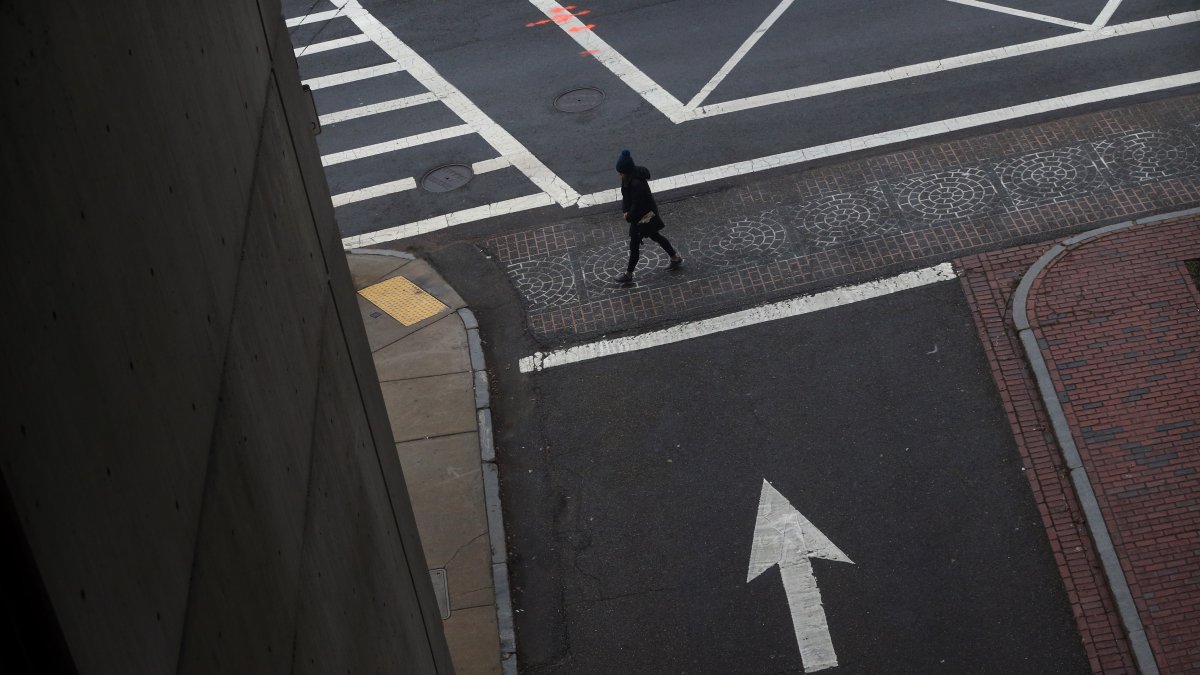Jahvon09
Senior Member
- Joined
- Oct 2, 2011
- Messages
- 3,358
- Reaction score
- 824
More women coming to work for Gov. Healey's office!!

 commonwealthmagazine.org
commonwealthmagazine.org
Healey brings more women into governor’s office
GOV. MAURA HEALEY, the first woman to be elected governor of Massachusetts, is bringing more women into state government with her. According to the





